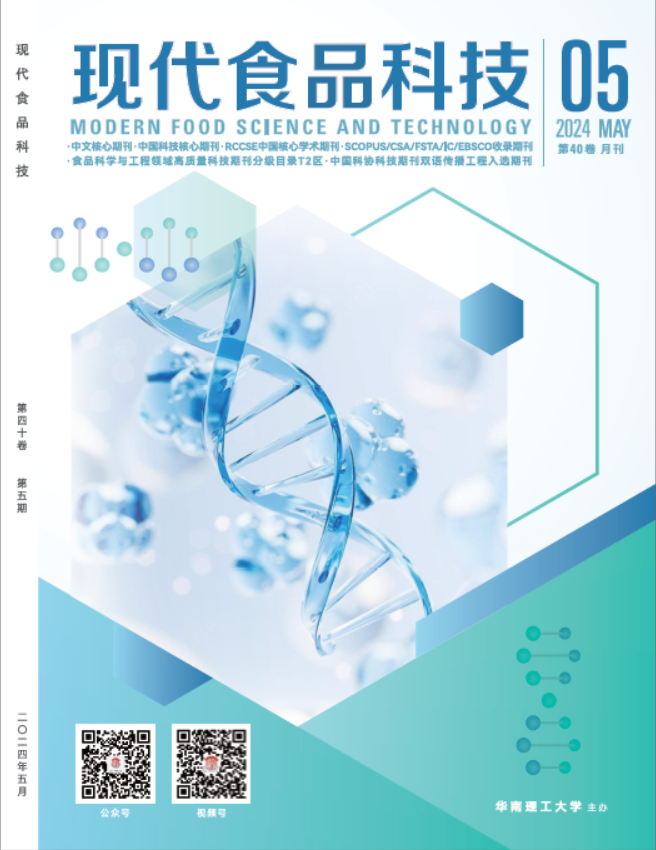2014, 30(7):279-285.
Abstract:
Solvent assisted flavor evaporation and gas chromatography?mass spectrometry?olfactometry (GC-O-MS) were used in this study to identify aromatic compounds in watermelon juice. Forty-nine volatiles were identi?ed, most of which were low molecular weight alcohols, aldehydes and sulfur-containing compounds. There was only one ester that detected in melon juice, considered as ethyl acetate with low concentration. Sulfur-containing compounds were identified for the first time as aroma compounds in watermelon. Eleven compounds, namely (Z)-3-Nonen-1-ol, (Z, Z)-3,6-nonadienal, (E,Z)-3,6-noandienol, (E)-2-nonenal, nonanal, 1-nonanol, 2-pentylfuran, hexanal, Octanal, (Z)-6-nonenal and (E)-2-octenal, were identi?ed as the potent odorants in watermelon juice by both odor active value(OAV) and aroma extract dilution analysis(AEDA). In addition, five odorants including (Z)-3-Nonen-1-ol, (Z, Z)-3, 6-nonadienal, (E, Z)-3, 6-noandienol, (Z)-6-nonenal, (Z)-2-nonenal were detected by all of the panelists and showed higher OAVs, indicating that AEDA and OAV resulted in relatively similar watermelon aroma patterns.

